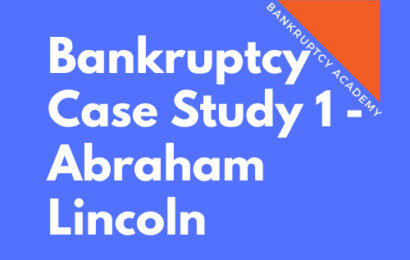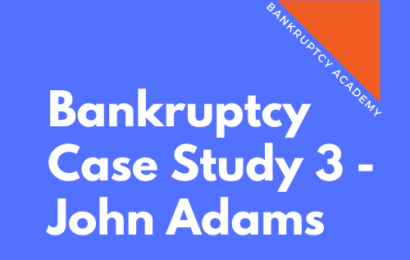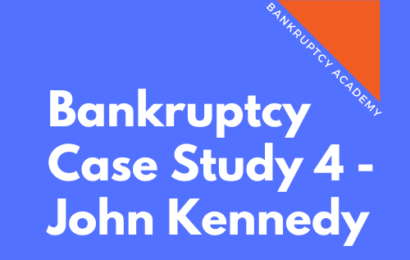
- Instructor: Attorney Bob Schaller
- Lectures: 9
Statement of Intent.
Every Chapter 7 debtor must file a statement of intent with respect to the retention or surrender of property securing a creditor’s interest. 11 U.S.C. § 521(a)(2). For any encumbered asset debtor intends to retain, the debtor must state whether the debtor intends to reaffirm the debt or redeem the property. 11 U.S.C. § 521(a)(2). Probably the most common encumbered asset is a vehicle, which secures the vehicle lender’s claim with a consensual lien against the debtor’s vehicle. Although not referenced in § 521(a)(2), the Statement of Intent requires the debtor to identify all leased personal property whose lease term did not expired prepetition.
Like the schedules, Bankruptcy Rules 1007 and 9009 requires a debtor to use a specific national form prescribed by the Judicial Conference of the United States when indicating the debtor’s statement of intent. Bankruptcy Rule 1007(b)(2) & Rule 9009(a). These rules are strictly enforced. The statement’s form may not be changed as to affect wording or the order of presenting information. Id.
TO ENLARGE THE VIDEO: click the video to start playing. Once started, hover the mouse over the video and click the rectangular box in the bottom right-hand corner immediately to the right of logo “YOUTUBE”.
TO RETURN THE VIDEO TO ITS ORIGINAL SIZE AFTER ENLARGING: click the “ESCAPE” or “ESC” button on your keyboard. Alternatively, hover the mouse over the video and click the same rectangular box in the bottom right-hand corner immediately to the right of logo “YOUTUBE”.





